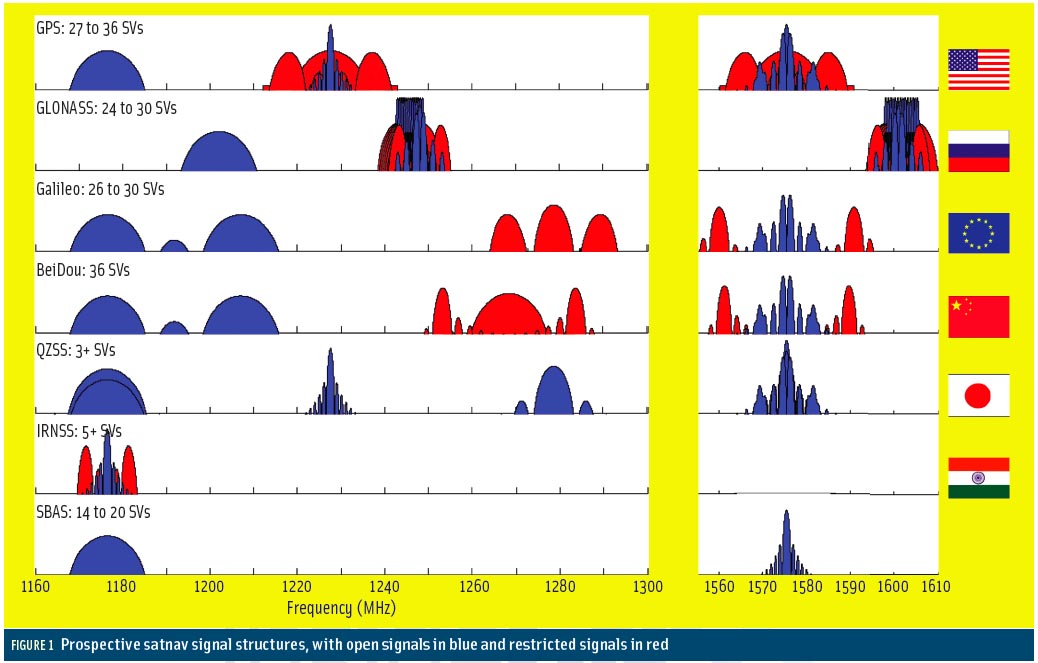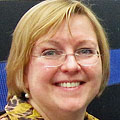 Prof. Jingnan Liu, Chinese Academy of Engineering
Prof. Jingnan Liu, Chinese Academy of EngineeringSince announcing plans in late 2006 to build its own GNSS system — BeiDou-2 (BDS), China proceeded quickly to establish a fully operational regional system late last year with a clear plan to complete a global system by 2020.
Beginning with its first launch in April 2007, BDS has put 16 satellites in orbit, some in dual launches, with 14 BeiDou space vehicles currently transmitting healthy signals: 5 in geostationary orbits (GEO), 5 in inclined geosynchronous orbits (IGSO), and 4 middle Earth orbit (MEO) spacecraft.
Read More >
By Inside GNSS
 Equations
Equations


























